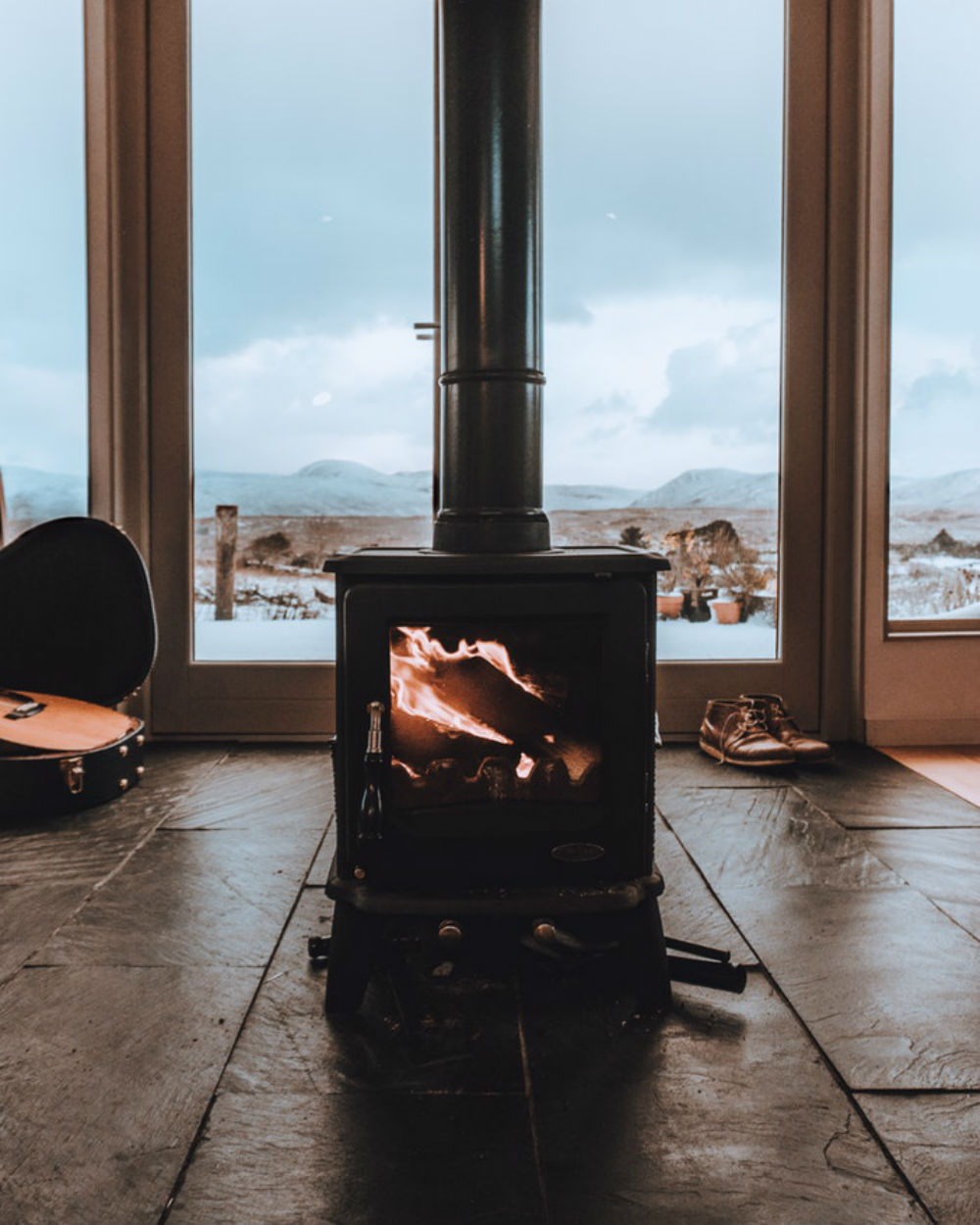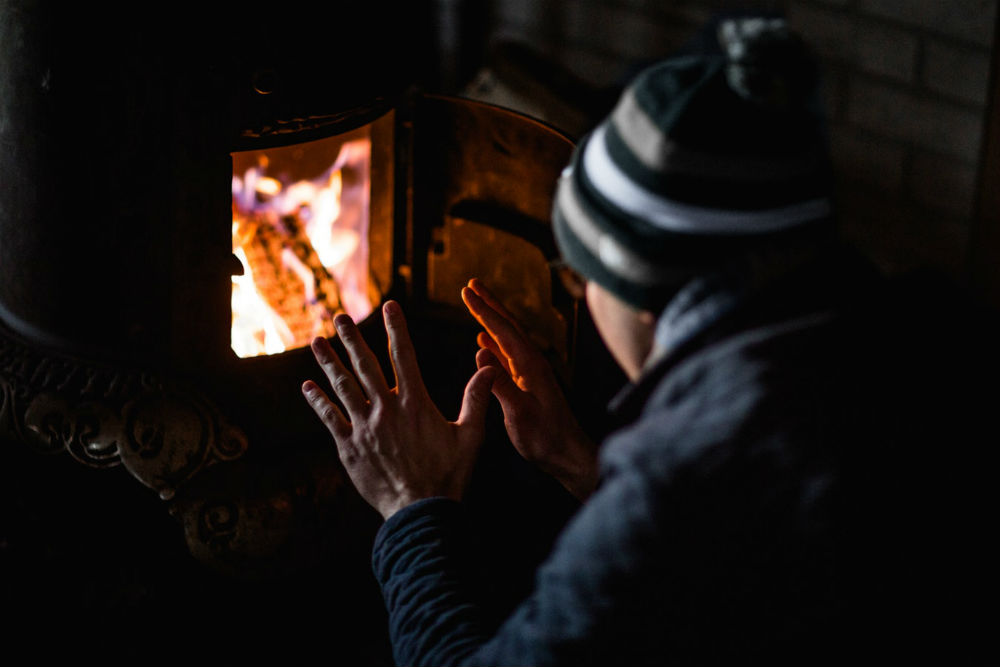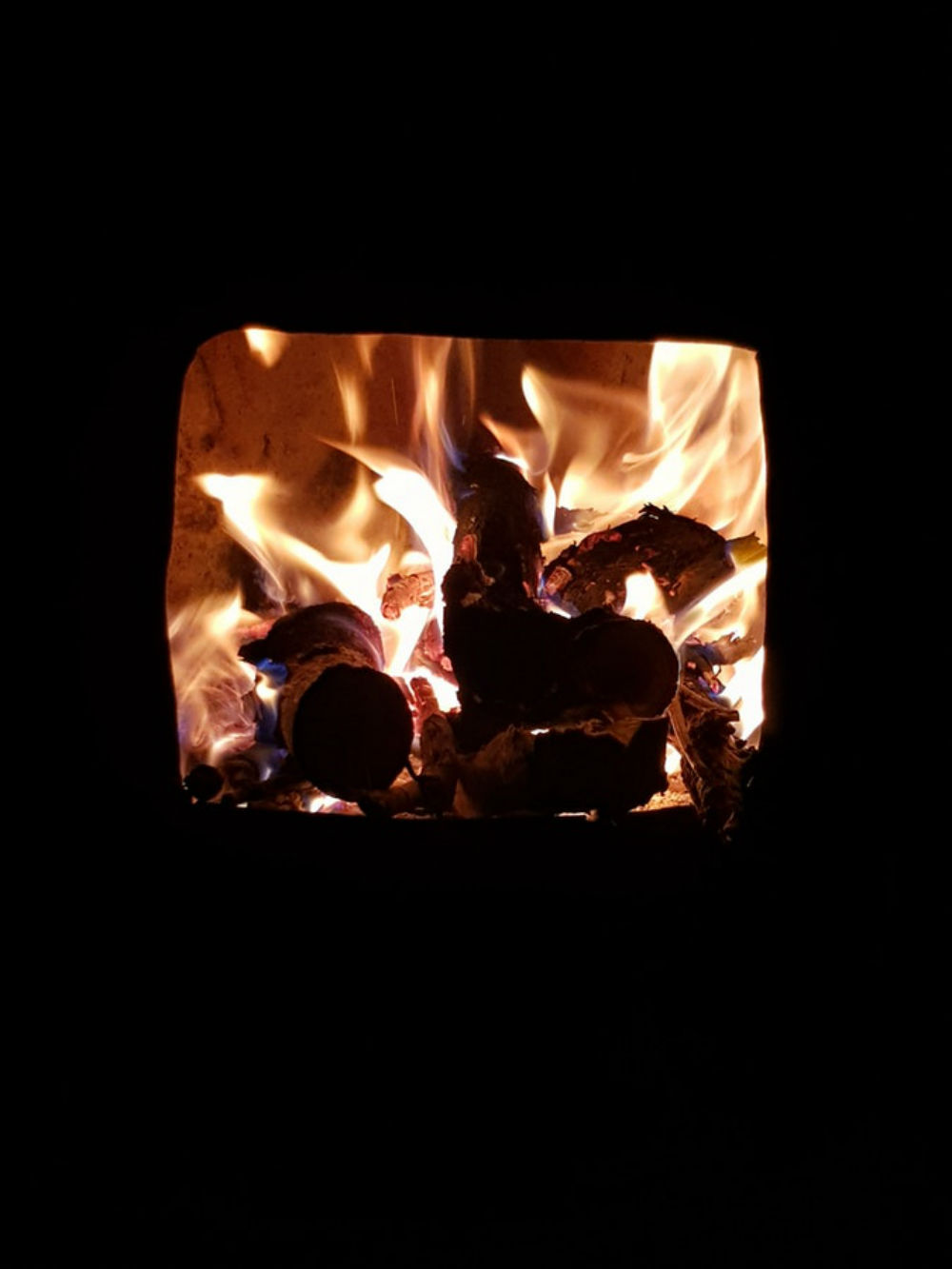Woodburning stoves are fast becoming our favourite home appliance, and it’s not hard to see why. Who can resist the immediate warmth and the almost primal connection to the natural world that a central heating system simply can’t provide?
If you have a , you should use it as much as you can. Not only will you reduce your consumption of fossil fuels and lower your heating bills, in terms of simple pleasures, it’s hard to beat the cosiness of a real fire, especially on a cold winter’s day.
Thankfully, getting a good fire going in the woodburner is not that hard. But if you’re more town mouse than country mouse, it may be worth brushing up on a few basics.
 Source:
Source:
- Should I burn softwood or hardwood logs?
A good place to start is by making a distinction between softwood (e.g. pine) and hardwood (e.g. oak, ash). Both can be used in your woodburning stove but they do have very different properties.
Hardwoods have a dense structure, which means that logs have a high heat output and burn for longer. Softwoods, by contrast, contain more resin and are less dense. The moisture they release makes the logs spit when you put them in the stove.
Seasoned softwood burns quickly, making this type of wood ideal as . Once you’re fire is going well, switch to hardwood logs for a longer, slower burn with greater heat output.
- What’s the best choice of firewood?
Logs can be cut from all kinds of trees, and they don’t all burn equally well. When you go shopping for firewood, it’s a good idea to have a basic understanding of the available, and ideally choose from these 6 recommended types for your log burner:
- Ash is widely considered to be the best firewood for woodburners. It has a steady flame and generous heat output.
- Oak is a traditional source of logs and an old favourite. Seasoned for at least 2 years, it’s an extremely dense hardwood that burns slowly and with immense heat.
- Beech has properties that are akin to ash logs and is another excellent choice for your woodburning stove.
- Birch has a lovely aroma and is another great hardwood choice for your log burner. Since birch burns more quickly, it’s a good idea to mix it with ash/oak logs.
- Apple and similar fruit trees (e.g. pear, plum, cherry) give off a lovely smell while burning with a smaller flame. Another good hardwood to use for logs.
- Pine is a softwood with a characteristic aroma that lights quickly and burns fast. Perfect as kindling, but not so good for longer term heat.
 Source:
Source:
- Is it important for firewood to be seasoned?
A very good question and the answer is an emphatic yes. Why? All logs start out as living wood (aka trees) with a high moisture content that makes them unsuitable for burning. Beech, for instance has a moisture content of 90%, while ash has 50% – each type of tree is different.
Before logs can be used as firewood, they have to dry out or ‘season’ until the moisture content is reduced to no more than 20%. This will take a minimum of 6 months and ideally 2-3 years before they’re ready for the woodburner. Unsurprisingly, longer seasoning means drier logs that will burn hotter.
How can you tell if your logs are ready? According to Jamie Kirkham, Sawmill Manager at , “you should hear a nice thwacking sound when you knock two logs together, which will tell you that they are dry enough for firewood. Logs that spit and crackle in the fire are not yet dry enough.”
- Should I choose kiln dried logs?
Hardwood that has been allowed to season naturally may show some environmental variations, meaning even after 2 years’ seasoning you can never be 100% sure that the logs are ready. Kiln dried logs, by contrast, are seasoned by using a drying process in a controlled environment which produced beautifully dry logs with around 15% moisture content.
Kiln dried logs may cost a little more but the . They’re exceptionally clean and insect-free, meaning less mess at home and less residue build-up in the flue. The light easily and burn with a high heat output, leaving very little ash. The weigh less than naturally seasoned logs and they’re ultimately better value for money since less wood is needed for the same heat output.
 Source:
Source:
The post appeared first on .





























